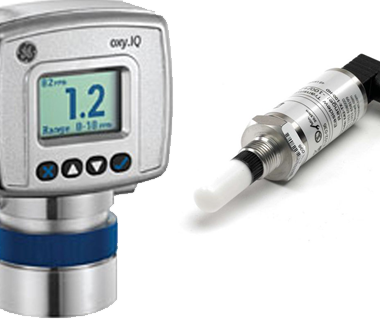No products in the cart.
Biological Safety Manual – Chapter 11: Transportation of Infectious Substances
Title
Biological Safety Manual – Chapter 11: Transportation of Infectious Substances
Table of Contents
- Shipping Biological Materials
- Import and Transfer Permits
- Export Licenses
- Transporting on Campus
- Transporting Select Agents
Shipping Biological Materials
Biological materials require specific packaging, labeling, and documentation. Infectious materials (materials containing or expected to contain pathogens affecting humans) are regulated by the US Department of Transportation (DOT) and the International Air Transport Association (IATA). You must complete a hazardous materials shipping training course to be certified to ship infectious biological materials. This training is also required to be able to properly identify your materials according to DOT and IATA guidelines. To be legally certified to ship hazardous biological materials you must complete the online training module.
Import and Transfer Permits
Some biological materials require a permit to be imported or transferred to another institution outside of UNC.
The importation or interstate transfer of an etiological agent and hosts or vectors of human disease require an import permit from the Center for Disease Control (CDC). This permit applies to the etiological agents themselves, unsterilized biological material (ex: patient samples) containing an etiological agent, and animals that could be a host or vector of disease in humans.
CDC Etiological Agent Import and Interstate Transfers
The United States Department of Agriculture (USDA) requires a permit for import or interstate transfer of infectious materials affecting livestock and biological materials containing animal material. Tissue culture materials and suspensions of cell culture grown viruses or other etiological agents containing growth stimulants of bovine or other livestock origins are controlled by the USDA due to the potential risk of introducing exotic animal diseases into the US.
USDA Animal and Animal Product Imports and Interstate Transfers
USDA Plant material Imports and Interstate Transfers
The U.S. Fish and Wildlife Service requires an import permit for certain live animals.
US Fish and Wildlife Services Permits
Food (excluding most meat and poultry), drugs, biologics, cosmetics, medical devices, and electronic products that emit radiation, may be subject to examination by the Food and Drug Administration (FDA) when they are being imported or offered for import into the United States. These items must meet the same standards as items available in the US.
Contact EHS to assist you with import and transfer permit applications. Once the permit is granted you will receive the permit and a set of labels which must accompany the shipment upon its arrival in the US. You will have to send these labels to the senders of your materials.
If you are sending a material that requires an import or transfer permit it is your responsibility to ensure the recipient has the proper permits to receive the material before shipping the materials.
Export Licenses
Some pathogens, toxins, and genetically modified organisms require government licenses in order to be legally exported. The Department of Commerce and Department of State regulate the export of some biological materials, chemicals, and equipment. Do not assume that you will not need an export license based on the item’s availability in the US. Failure to obtain an export license when one is needed can result in significant fines, loss of export privileges, or jail time.
If you are not certain that the item you are shipping does not need an export license contact EHS to determine if one is required. EHS will file export license applications when they are needed. This process can take several weeks so identify any possible licenses you will need well in advance of your planned shipping date. Visit the UNC export control webpage for more information.
Transporting on Campus
Potentially infectious materials must be placed in a durable leak-proof secondary container for transport out of the laboratory. Containers should be gasketed, labeled, and closable. Use secondary containers (e.g. Ziploc bag with a paper towel or other absorbent material) if the primary container may become contaminated or punctured. Label the outermost container with the biohazard symbol.
Transporting Select Agents
All movements of Select Agents need to be approved and documented even if it is within the University. Contact EHS if you are considering bringing in a Select Agent, shipping one outside of the University, or moving one from one location on campus to another.
Back to Chapter Ten
Proceed to Chapter Twelve





